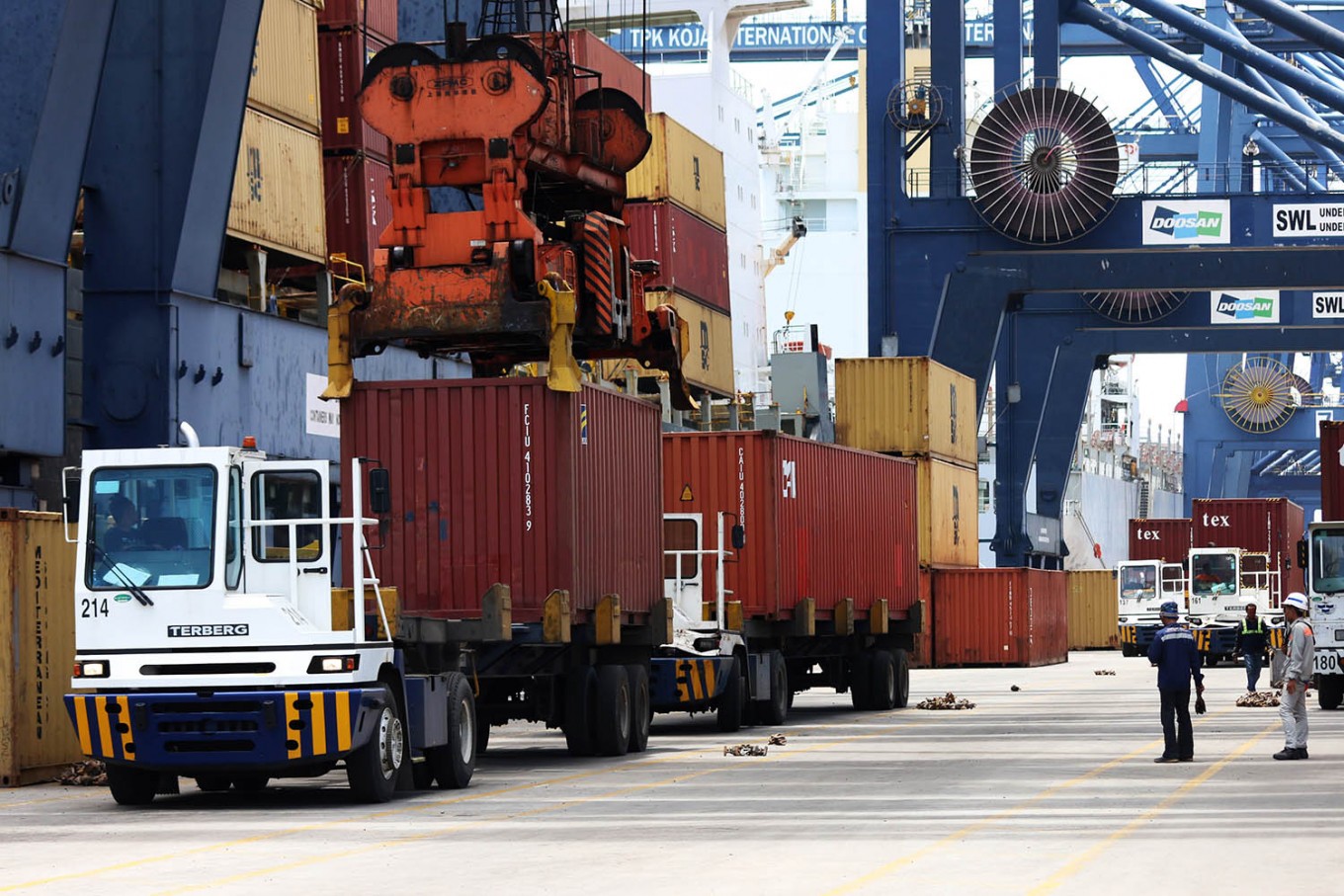Our Projects
Tenggara Strategics provides valuable perspectives on what matters most to our clients. Through our collaborations with clients, we grow our sectoral knowledge and skills as well as create positive changes and improvements by transforming our insights into concrete actions.
Strategic Review of Land Logistics in Indonesia
 Trucks load and unload cargo at Tanjung Priok Port in North Jakarta in this undated photograph. (Antara/Rivan Awal Lingga)
Trucks load and unload cargo at Tanjung Priok Port in North Jakarta in this undated photograph. (Antara/Rivan Awal Lingga)

Indonesia, with its status as the world's fourth most populous country and a territory that spans 1,892,410.09 km², relies heavily on a strong logistics sector to sustain its economic growth. Despite this, Indonesia has long struggled with high logistics costs.
Since 2011, the logistics cost-to-GDP ratio has consistently ranged between 23% and 24%. Breakdown of the recent data in 2022 shows that the ratio still stood at 14.1% for domestic logistics and 8.98% for export logistics, equaling a total of 23.08 percent. Notably, land logistics makes up about half of the domestic logistics costs, equivalent to roughly 7% of GDP. Given this significant share, this study focuses on the land logistics sector to explore ways to optimize its role in Indonesia’s domestic supply chain.
In this study, we analyze the various factors that have contributed to Indonesia's high logistics costs, ranging from infrastructure challenges to policy gaps. This study also compares with the logistics sector in other countries, particularly China and India, to uncover best practices in land logistics policies and fiscal incentives. The study concludes by highlighting the critical role of improving infrastructure connectivity, streamlining fiscal incentives, and enhancing data integration to reduce logistics costs.
Final Report - ID